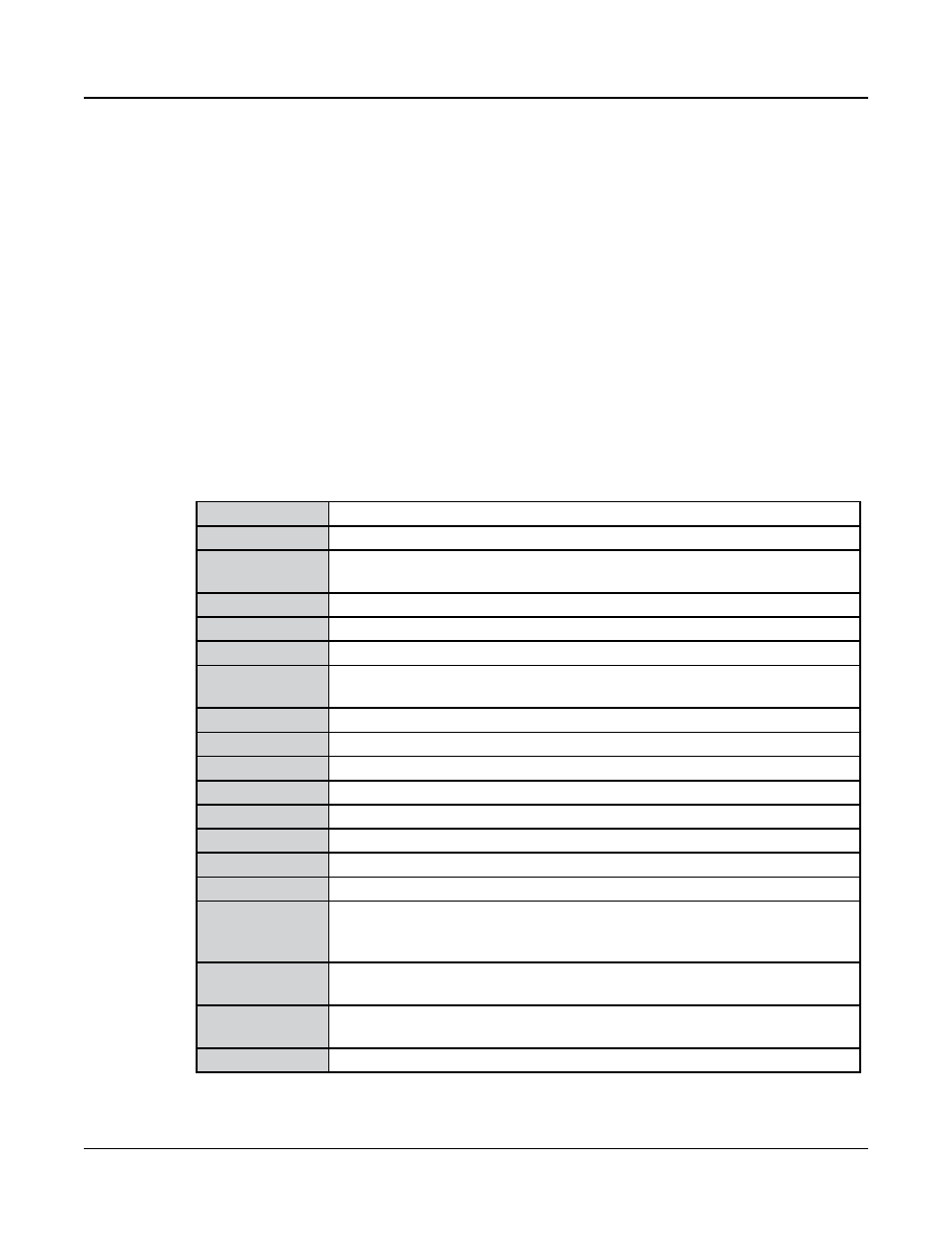Intonation map, Intonation map -11 – Kurzweil Forte User Manual
Page 301

Global Mode
MAIN2 Page
12-11
Intonation Map
Most modern western music uses what is known as equal temperament. This means that
the interval between each semitone of the 12 tone octave is precisely the same as every other
semitone.
However, many different intonation intervals have evolved over the centuries and across
cultures and instruments, so equal temperament will not sound appropriate for certain styles
of music. The Forte supplies you with 18 different factory intonation maps which are useful
for a range of different styles. You can further customize each map or create your own by
editing a map (see Editing Intonation Maps below.) Each of these maps defines different
intervals between each of the semitones in a single octave (used for all octaves) by setting
pitch offsets for each note in cents.
Like many instruments before the adaptation of equal temperament, most of these
intonation maps were designed to sound best in one specific key. Though some may have
historically been in a different key, all of the Forte’s factory intonation maps are set to root
note C by default. You can change the root key of the current intonation map by using the
Int.Key parameter (see the Intonation Key (Int.Key) section below.)
0 None
No intonation map is used, intonation is equal.
1 Equal
No detuning of any intervals. The standard for modern western music.
2 Just
Tunings are defined based on the ratios of the frequencies between
intervals. The original tuning of Classical European music.
3 Just/b7th
imilar to ust, but with the Dominant th atted an additional
cents.
4 Harmonic
The perfect th, Tritone, and Dominant th are heavily atted.
5 JustHarm
Approximation of a historical intonation.
6 Werkmeister
Named for its inventor, Andreas Werkmeister, it was developed to enable
transposition with less dissonance than classic equal temperament.
7 1/5thComma
Approximation of a historical intonation based on the comma system.
8 1/4thComma
Approximation of a historical intonation based on the comma system.
9 IndianRaga
Based on the tunings for traditional Indian music.
10 Arabic
Oriented toward the tunings of Mid-Eastern music.
11 BaliJava1
Based on the pentatonic scale of Balinese and Javanese music.
12 BaliJava2
A variation on BaliJava1, slightly more subtle overall.
13 BaliJava3
A more extreme variation.
14 Tibetan
Based on the Chinese pentatonic scale.
15 Carlos A
Developed by Wendy Carlos, an innovator in microtonal tunings, this
intonation map ats each interval increasingly, resulting in an octave with
quarter-tone intervals.
16 Pyth/aug4
This is a Pythagorean tuning, based on the Greek pentatonic scale. The
tritone is 12 cents sharp.
17 Pyth/dim5
This is a Pythagorean tuning, based on the Greek pentatonic scale. The
tritone is
cents at.
18 EastMed
astern editerranean. The ajor rd and ajor th are at by
cents.